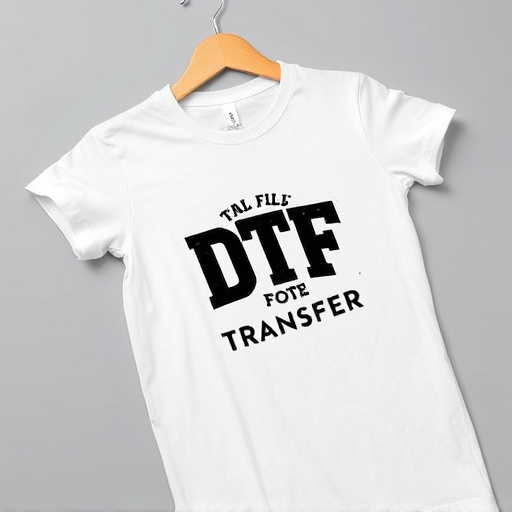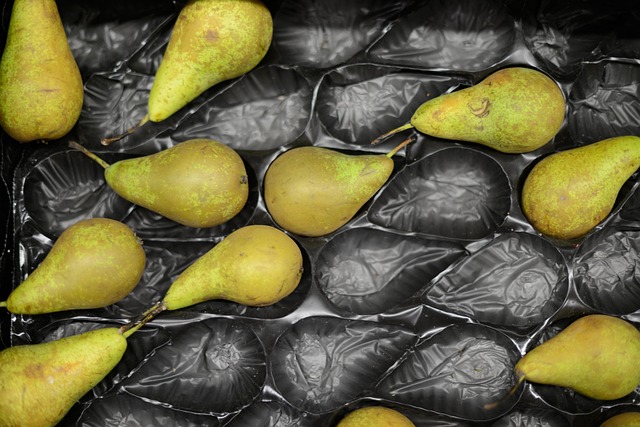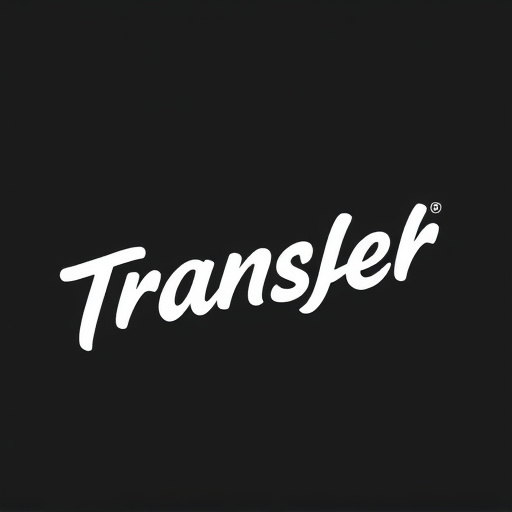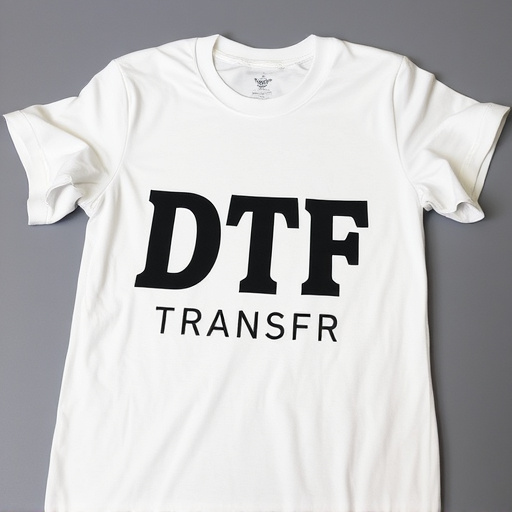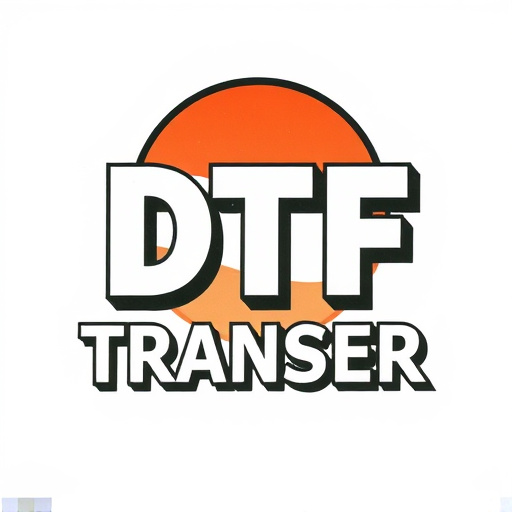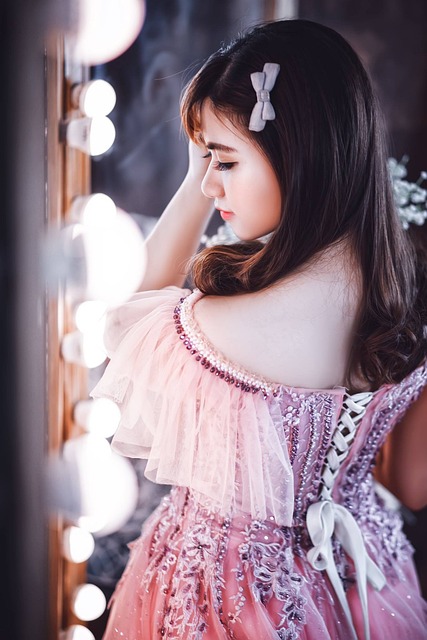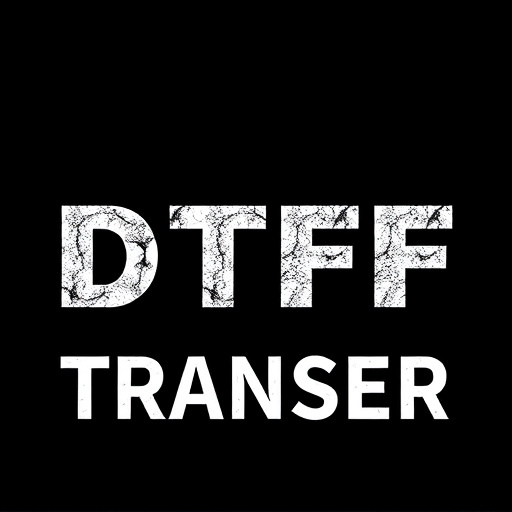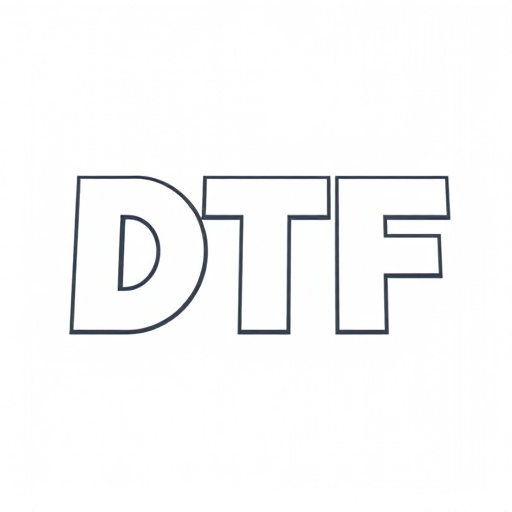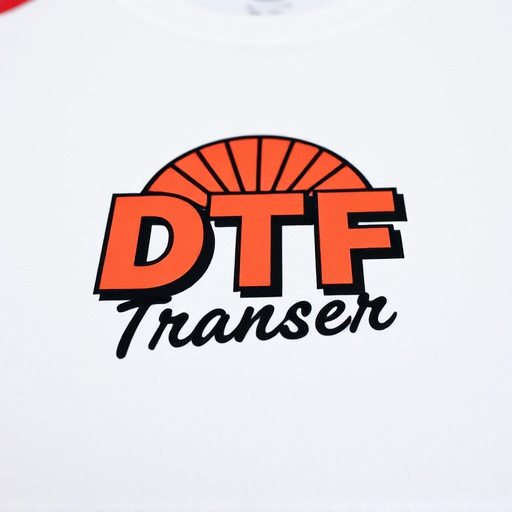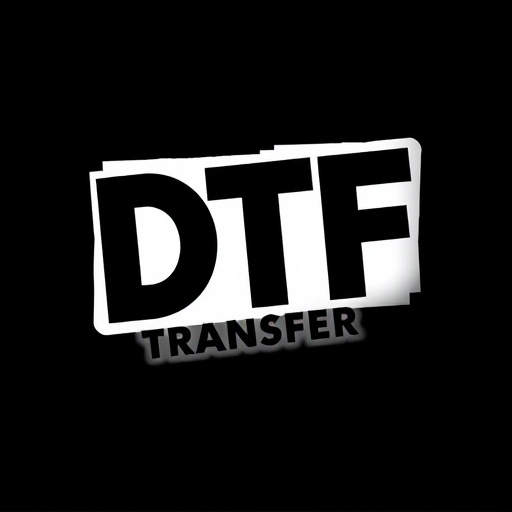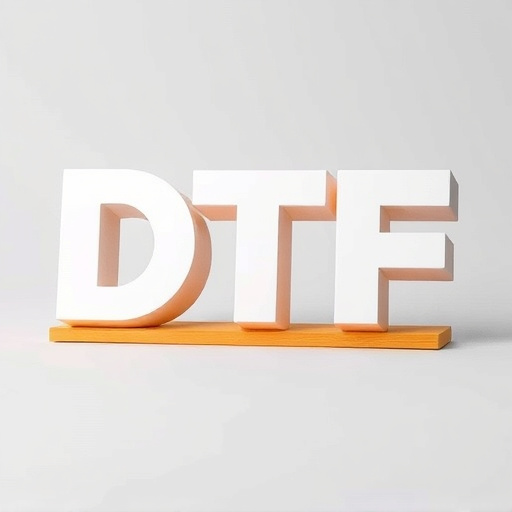Direct-to-Film (DTF) transfer technologies revolutionize printing with fast turnaround times and superior visual impact. DTF offers vibrant, durable prints on diverse materials, making it ideal for signage, advertising, and art reproduction. It's cost-effective for small batches and complex designs due to precise color accuracy and wider format capabilities. However, material costs vary based on design complexity and substrate choice, while operational expenses and customization add to the overall price structure. Despite initial investment, DTF provides long-term savings and versatility for businesses aiming to minimize expenses and maintain a competitive edge in today's market.
“Direct-to-film (DTF) transfer printing has revolutionized the way we reproduce art and images on various surfaces. This article provides an in-depth look at the cost structure associated with DTF options, a crucial consideration for businesses and enthusiasts alike. We explore different DTF transfer techniques, their pricing, and the factors influencing DTF printing costs. From understanding the fundamentals of DTF to analyzing market trends, this guide covers everything you need to know about budgeting for DTF prints.”
- Understanding Direct-to-Film (DTF) Transfer: An Overview
- Types of DTF Transfer Techniques and Their Costs
- DTF Printing Process and Material Expenses
- Operational Overhead and Facility Charges for DTF Services
- Customization and Additional Services: Pricing Considerations
- Market Trends and Cost Comparisons for DTF Prints
Understanding Direct-to-Film (DTF) Transfer: An Overview
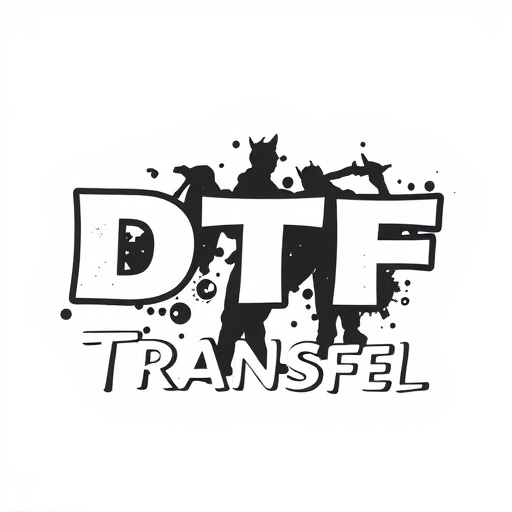
Direct-to-Film (DTF) Transfer is a cutting-edge printing technology revolutionizing the way we produce high-quality images and prints. This innovative process eliminates traditional intermediate steps, allowing for direct printing onto various film surfaces. By employing specialized equipment and inks, DTF enables the creation of vibrant, durable prints with exceptional detail. It’s particularly prized in industries like signage, advertising, and art reproduction, where fast turnaround times and superior visual impact are crucial.
DTF Printing offers a range of benefits, including precise color accuracy, wider format capabilities, and the ability to print on diverse materials such as vinyl, canvas, and even certain types of metal. This versatility makes DTF an attractive option for businesses seeking versatile printing solutions. Moreover, DTF Transfer can significantly reduce production time compared to traditional methods, making it a cost-effective choice for projects requiring prompt turnaround, while ensuring professional-grade results.
Types of DTF Transfer Techniques and Their Costs

Direct-to-film (DTF) transfer offers a range of techniques to create high-quality prints, each with its own cost implications. The process involves transferring an image or design directly onto a substrate, typically a plastic or vinyl sheet, using specialized equipment and ink. One common method is DTF printing, which uses heat to apply the design, making it suitable for a variety of materials. This technique is relatively affordable and efficient, especially for small-batch production, as it minimizes waste and setup time.
Other DTF transfer techniques employ different technologies, such as UV curing or solvent ink, which can significantly impact the overall cost. UV curing offers precise control over the printing process, resulting in detailed and vibrant DTF prints. While initially more expensive due to specialized equipment, this method reduces material waste and offers long-lasting durability. Solvent ink DTF, on the other hand, provides exceptional color accuracy and is suitable for a wide range of substrates, making it a popular choice for professional applications. The cost can vary depending on the ink formula and the complexity of the design.
DTF Printing Process and Material Expenses
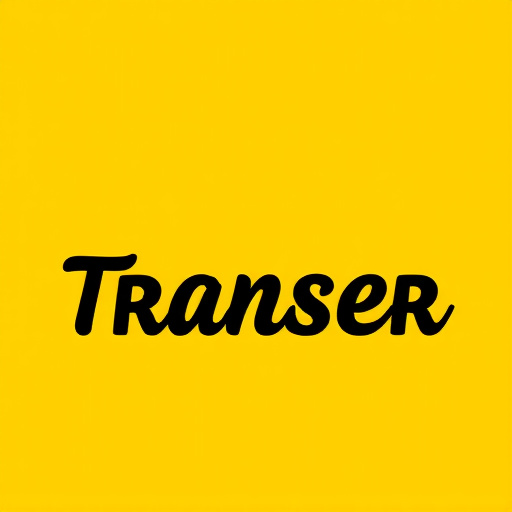
The Direct-to-Film (DTF) transfer process involves a precise printing method where designs are directly transferred onto various materials, including textiles and plastics. This modern technique has revolutionized custom printing, offering a cost-effective alternative to traditional methods. The DTF printing process starts with high-resolution digital imaging, ensuring that intricate details and vibrant colors are captured accurately. The printed film is then carefully aligned and bonded to the desired substrate, creating a durable finish.
Material expenses play a significant role in the overall cost structure of DTF transfers. The choice of material greatly influences the final price. For instance, high-quality fabrics like cotton or polyester for clothing items or specialty plastics for industrial applications will incur higher material costs. Additionally, the complexity of the design and the quantity of prints required can also affect material expenses. Each DTF print involves using specialized inks and coatings, which contribute to the overall material cost. Understanding these factors is essential for businesses looking to optimize their DTF transfer budget.
Operational Overhead and Facility Charges for DTF Services
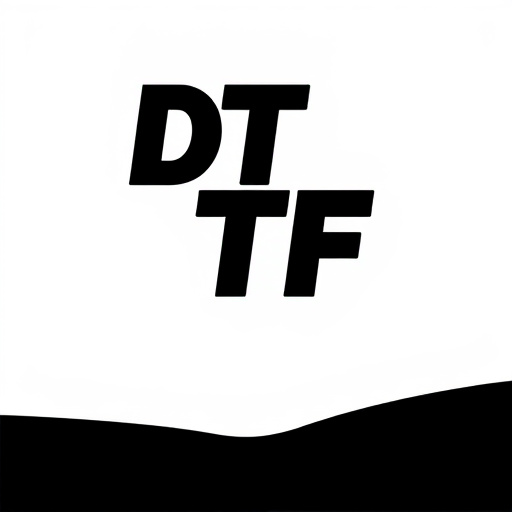
Direct-to-film (DTF) transfer services come with their own set of operational costs that are often overlooked. These include significant overhead expenses for facilities, equipment maintenance, and staff salaries. Each DTF printing facility has unique requirements, leading to varying charges for these overheads. For instance, larger, more established print shops might have higher facility charges due to the cost of maintaining specialized equipment and a larger workforce.
These operational costs are typically passed on to clients as part of the overall DTF transfer price. Understanding these expenses is crucial when comparing different DTF printing services. It’s important to consider that while some companies may offer lower print prices, the lack of transparency regarding overhead charges could result in higher long-term costs for customers looking to produce consistent, high-quality DTF prints.
Customization and Additional Services: Pricing Considerations

Customization and Additional Services play a significant role in determining the cost structure for Direct-to-Film (DTF) Transfers. When considering a DTF Transfer, it’s important to evaluate the level of personalization required. Basic DTF Printing services typically cater to standard, one-size-fits-all needs, resulting in more affordable rates. However, as customization intensifies, whether through specialized printing techniques, intricate design elements, or tailored color schemes, the cost can significantly escalate. These additional services often demand advanced equipment and skilled labor, directly impacting the final price point.
Moreover, understanding the pricing dynamics behind DTF Transfers involves considering various add-ons that might enhance the overall output. Services like high-resolution printing, water-based inks for eco-friendly options, or UV curing for faster drying times all contribute to a premium pricing structure. Event-specific requirements, such as rapid turnaround times or unique substrate choices, can further drive up costs. Thus, while the initial DTF Transfer cost might seem reasonable, these customization and additional service factors should be taken into account to gain a comprehensive understanding of the overall expense.
Market Trends and Cost Comparisons for DTF Prints
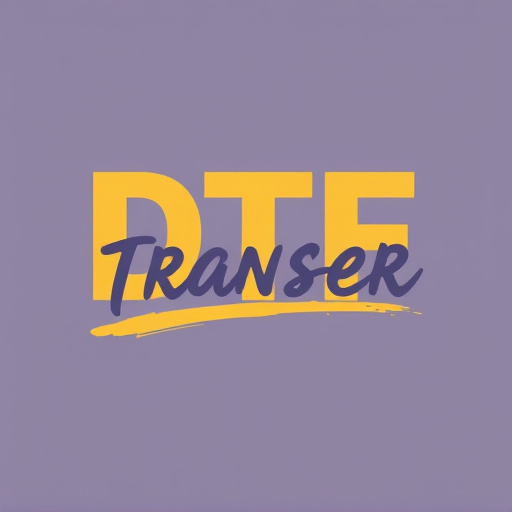
The direct-to-film (DTF) transfer market has experienced significant growth, driven by advancements in technology and a surge in demand for custom prints. This trend is particularly evident among small businesses, entrepreneurs, and individual artists who seek cost-effective ways to bring their designs to life without the overhead of traditional printing methods. DTF transfers offer a unique advantage by allowing for high-quality, durable prints on various materials, from clothing to ceramics.
When comparing costs, it’s crucial to consider both material expenses and labor. DTF printing typically involves purchasing specialized equipment and inks, which can be a substantial upfront investment. However, the long-term savings may outweigh the initial costs as DTF transfers eliminate the need for expensive plates or molds often required in traditional printing processes. Moreover, the versatility of DTF allows for on-demand production, reducing waste and optimizing resource utilization. This makes it an attractive option for businesses aiming to minimize expenses while maintaining high-quality output, ensuring a competitive edge in today’s dynamic market.
